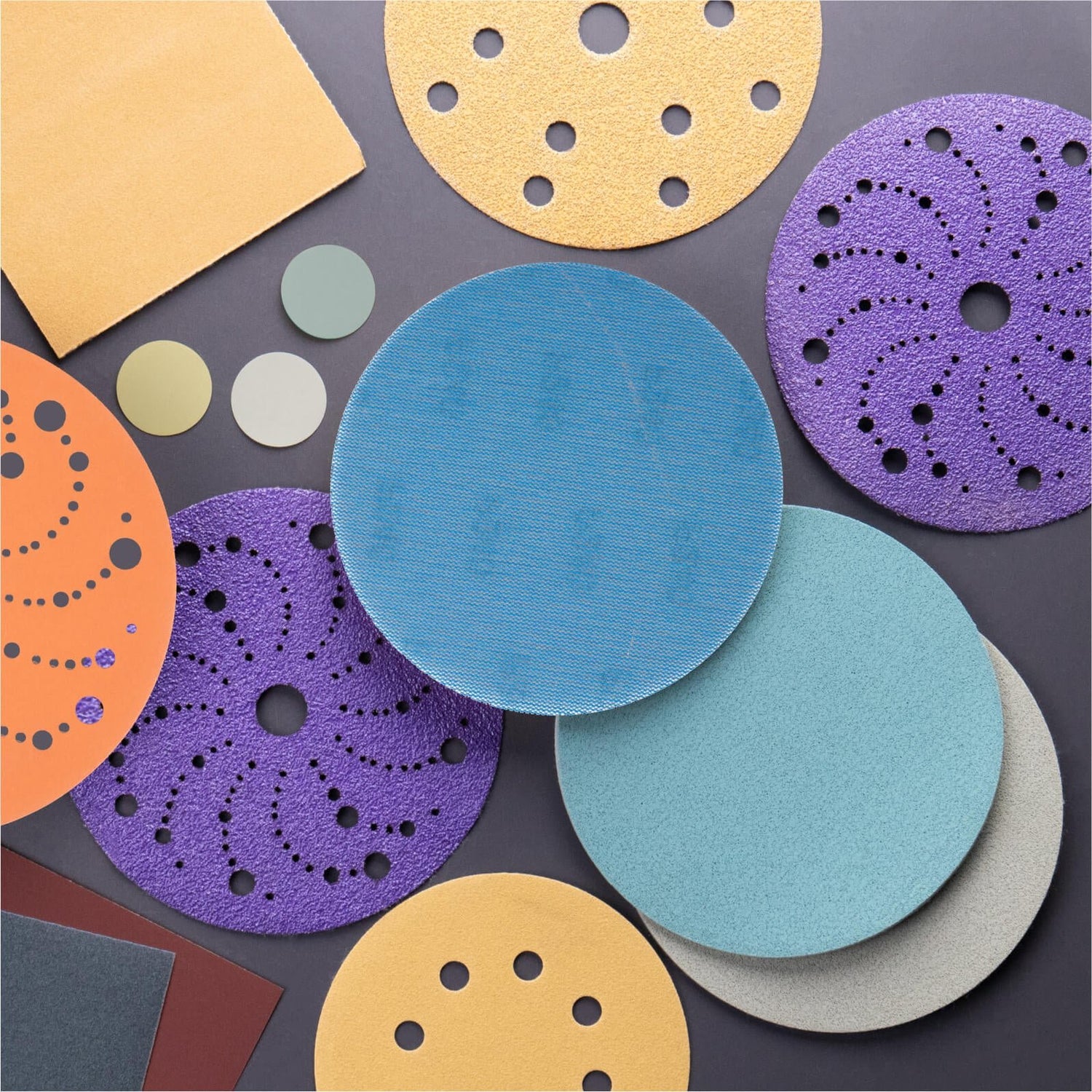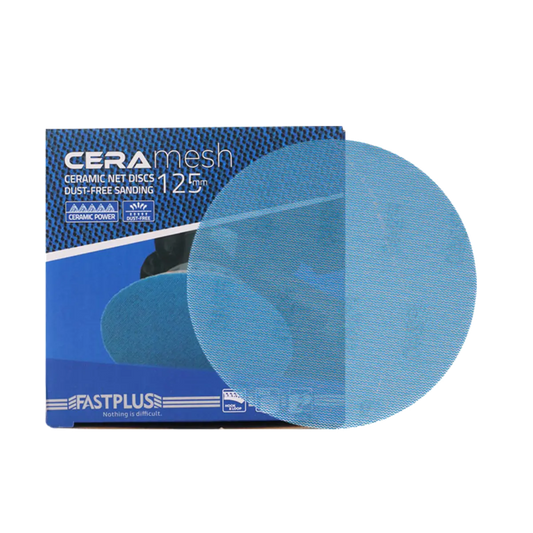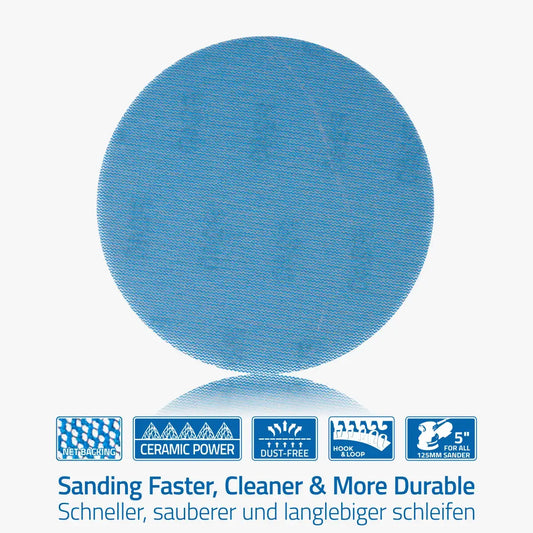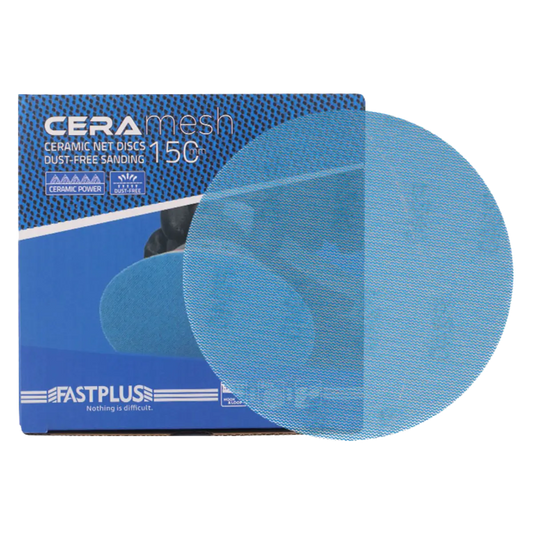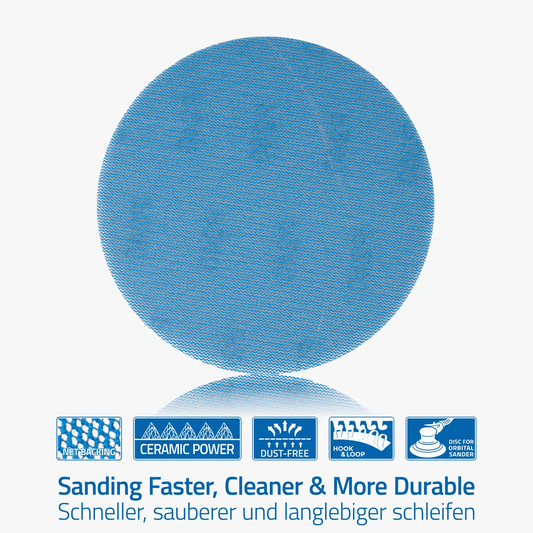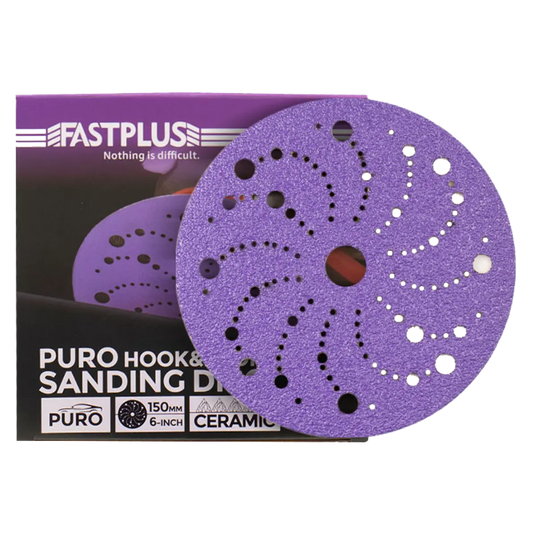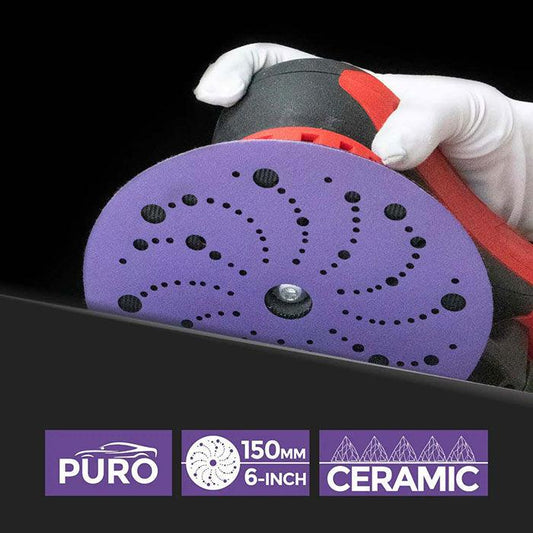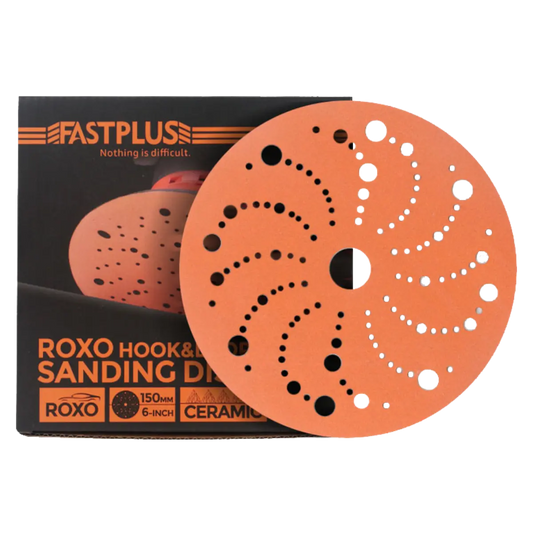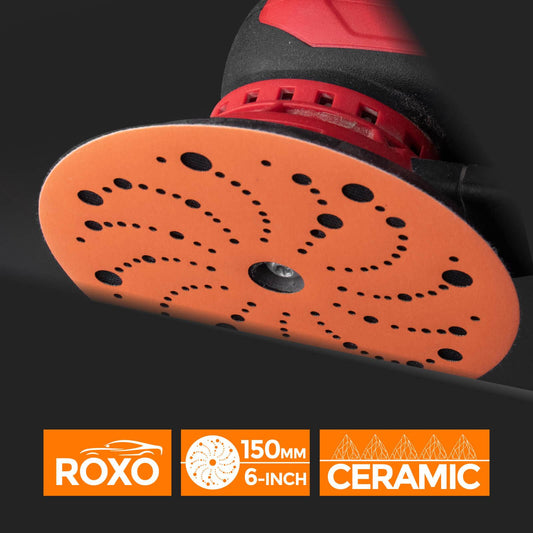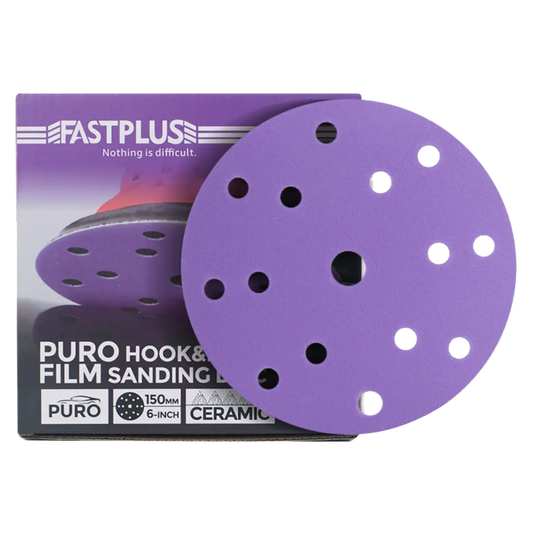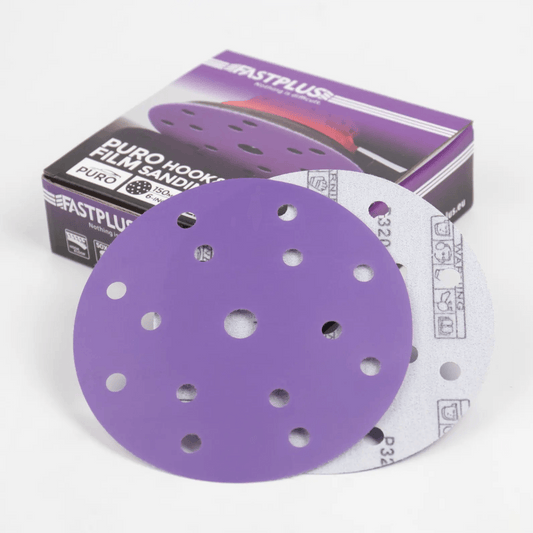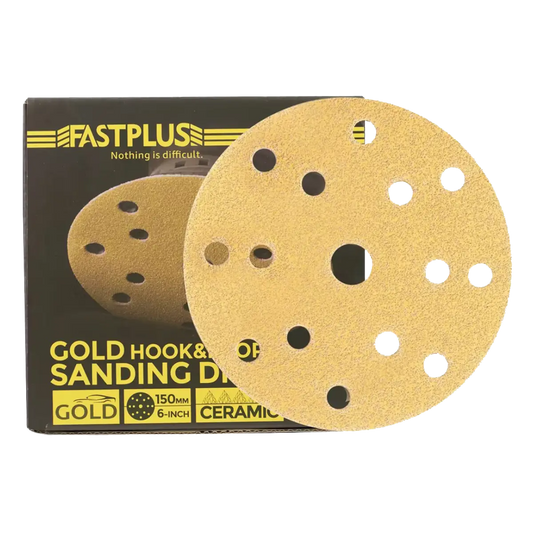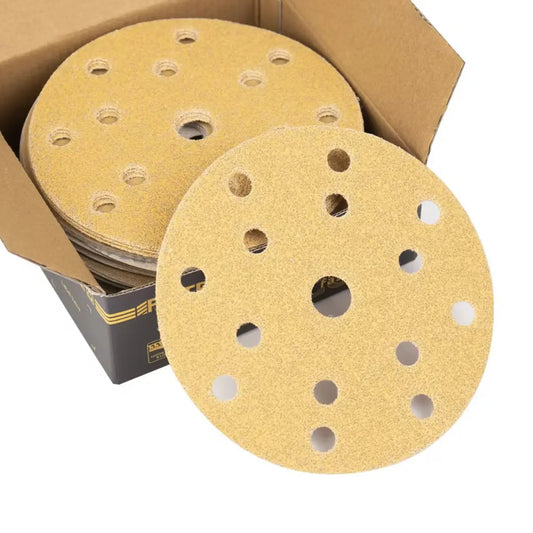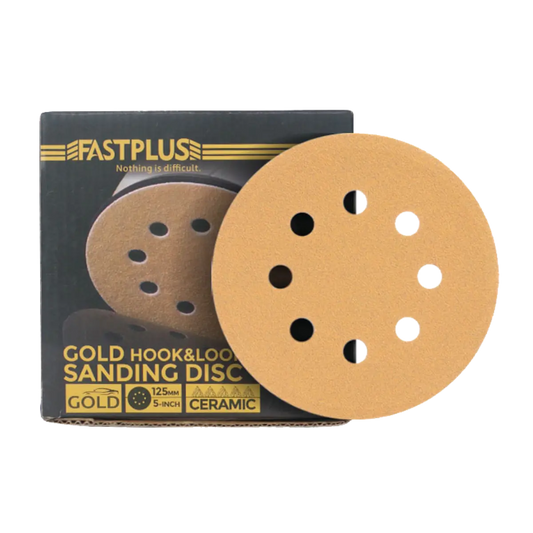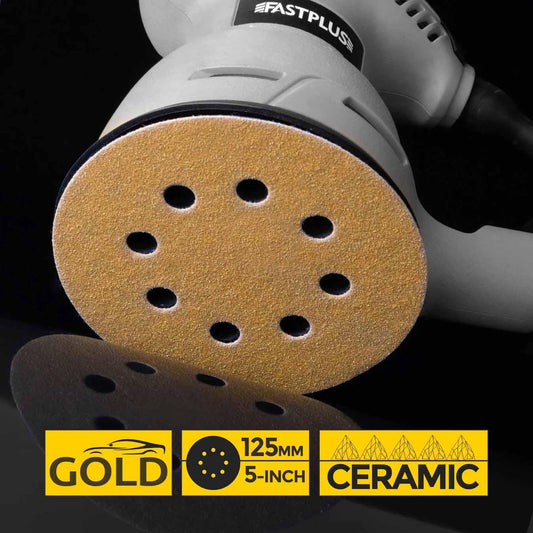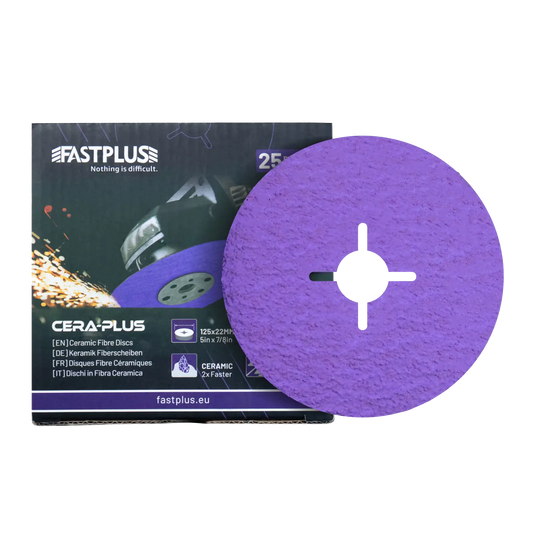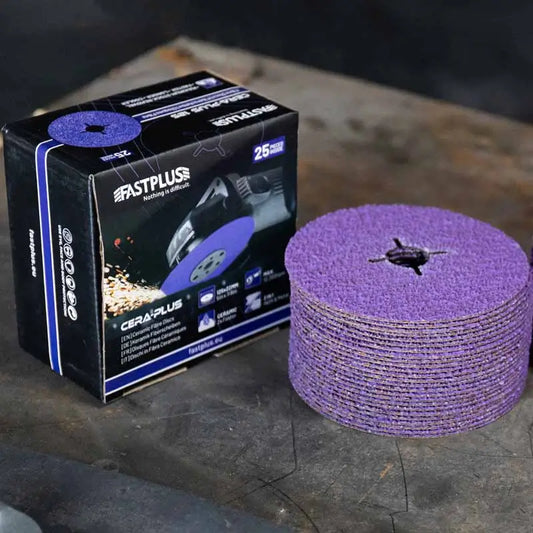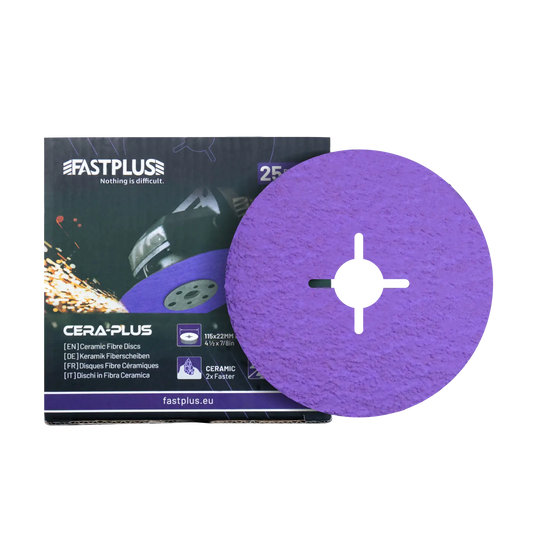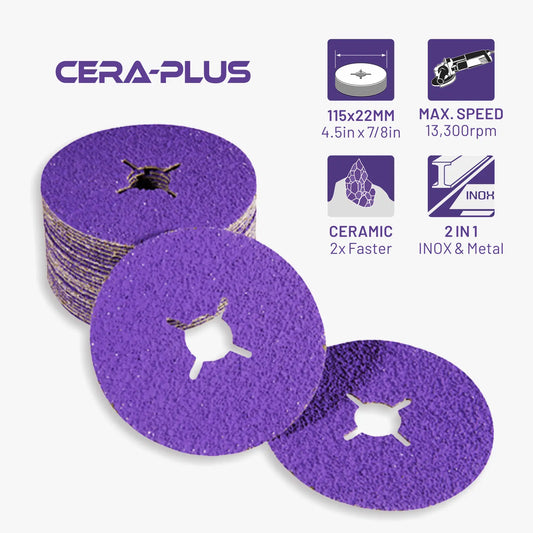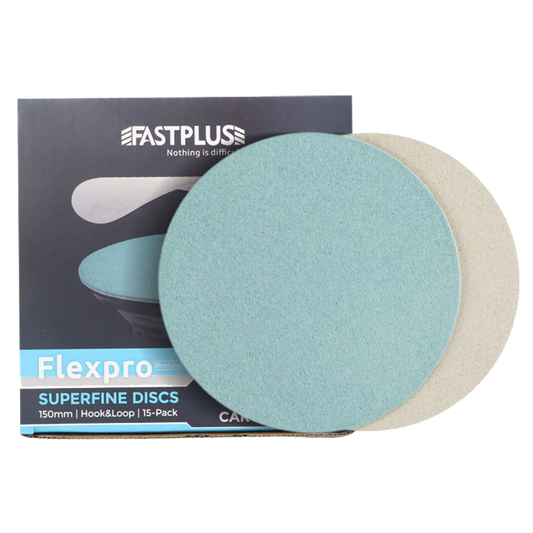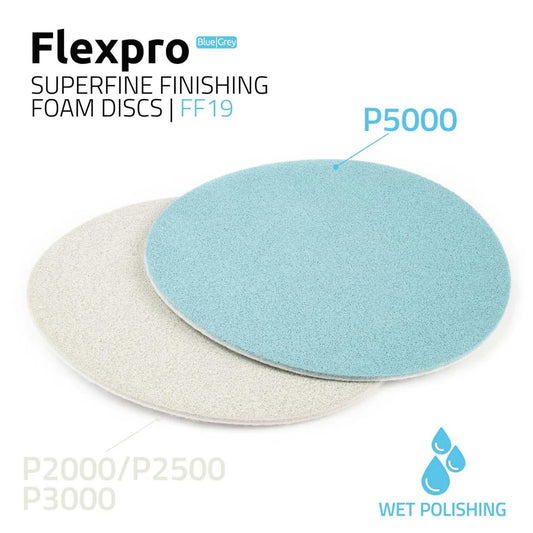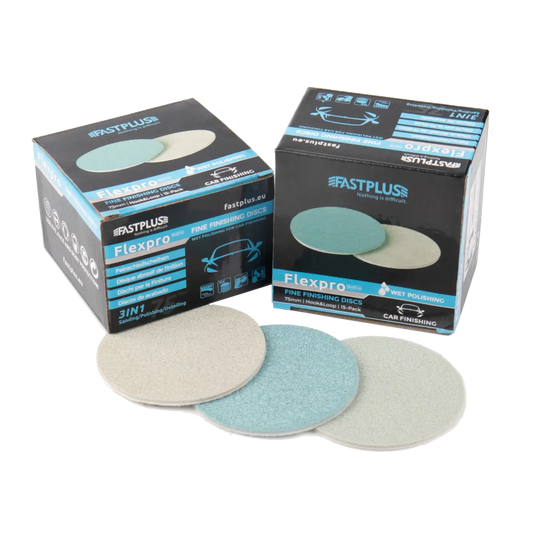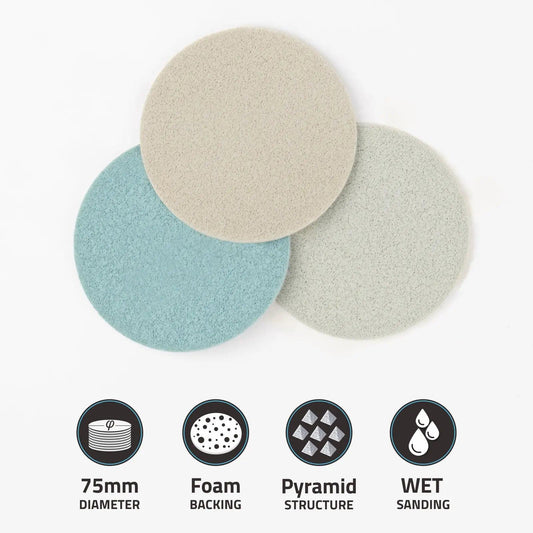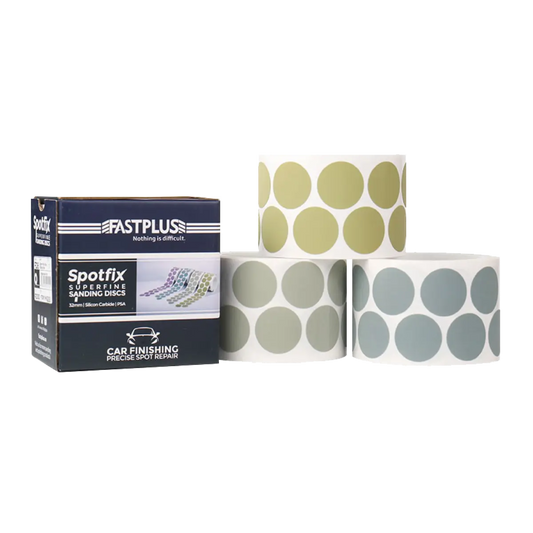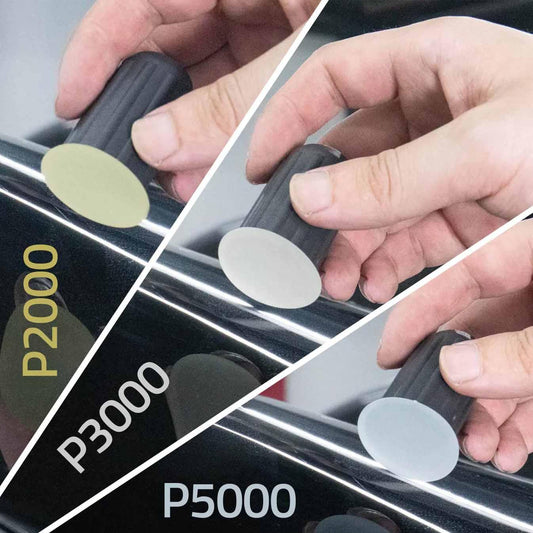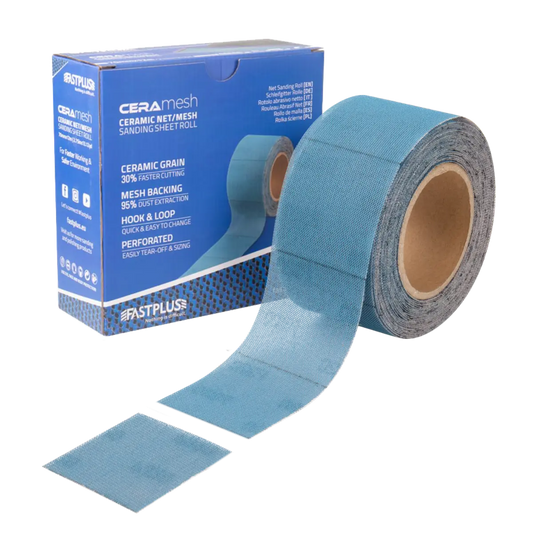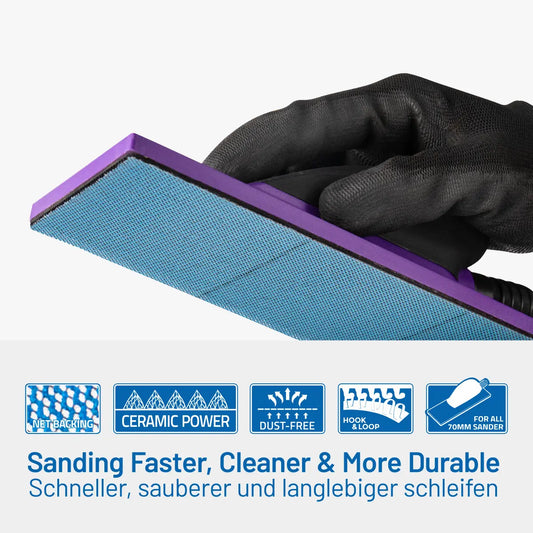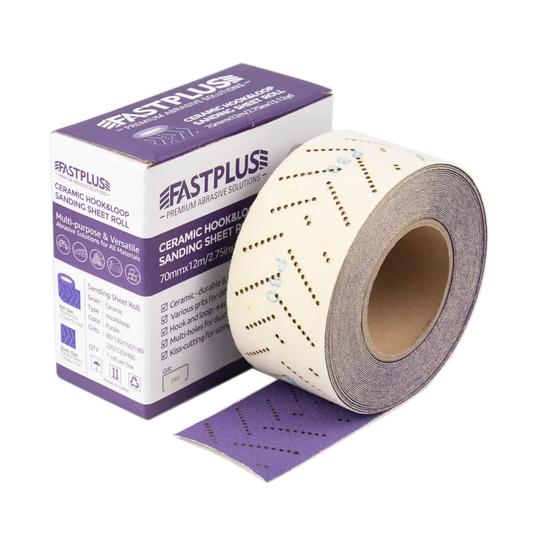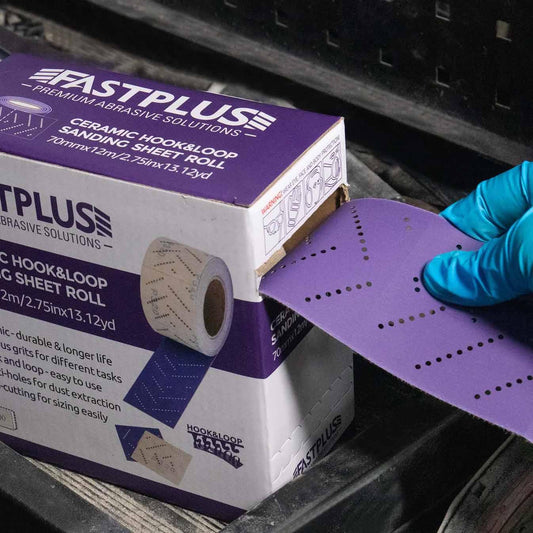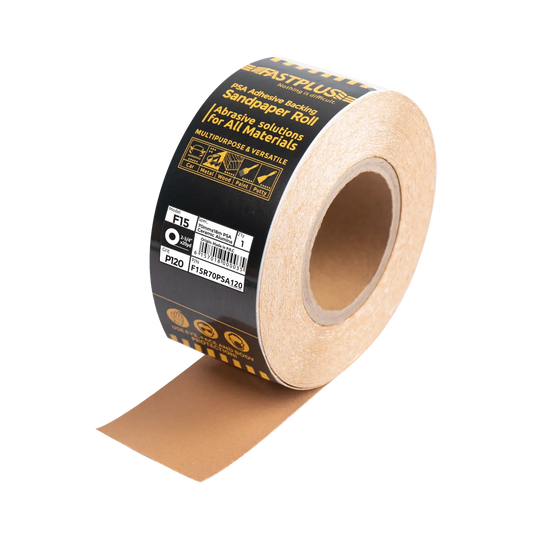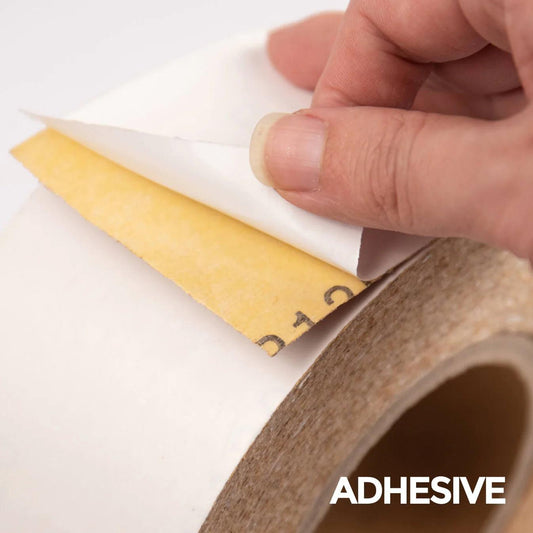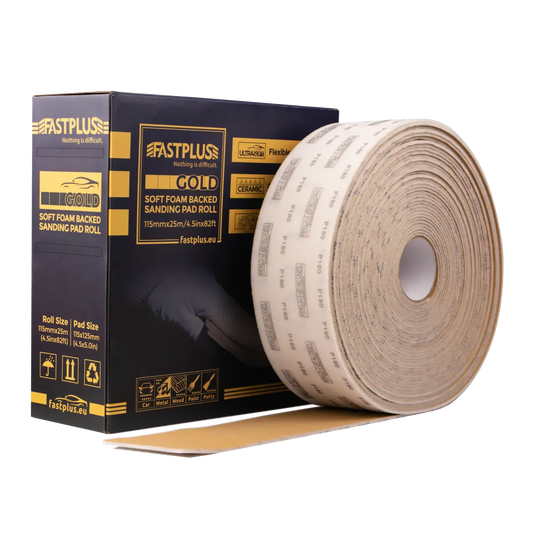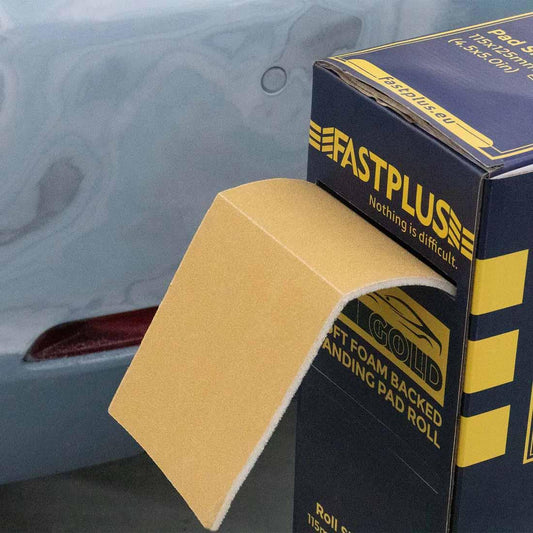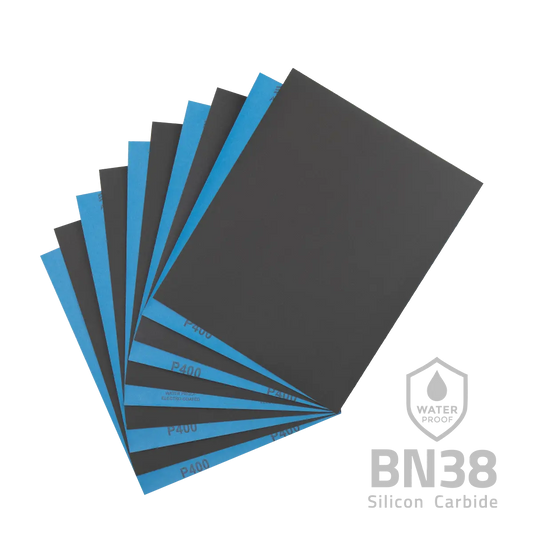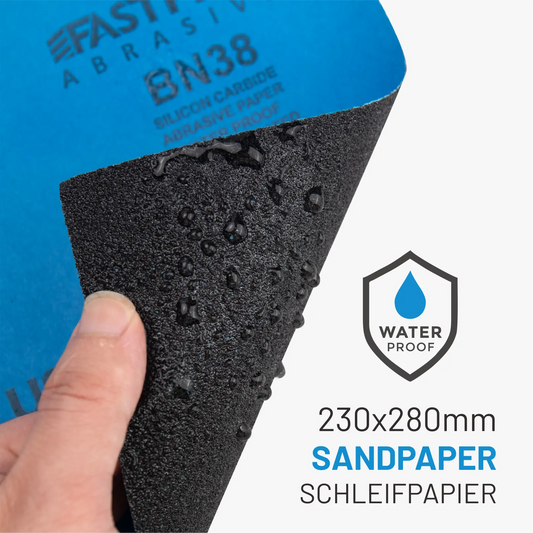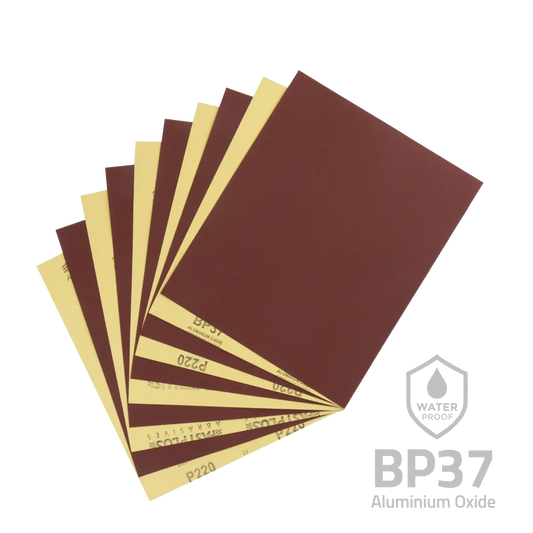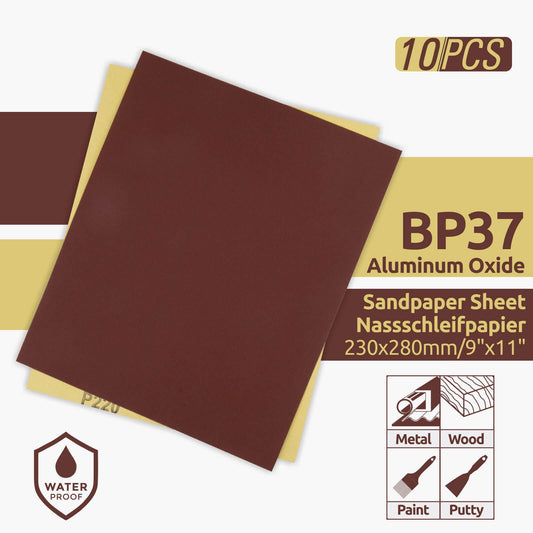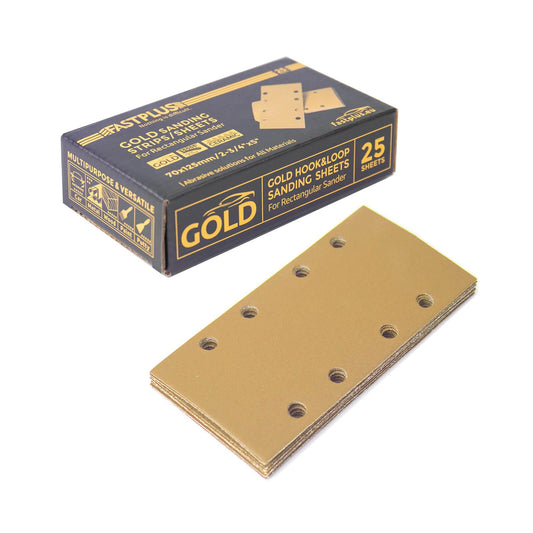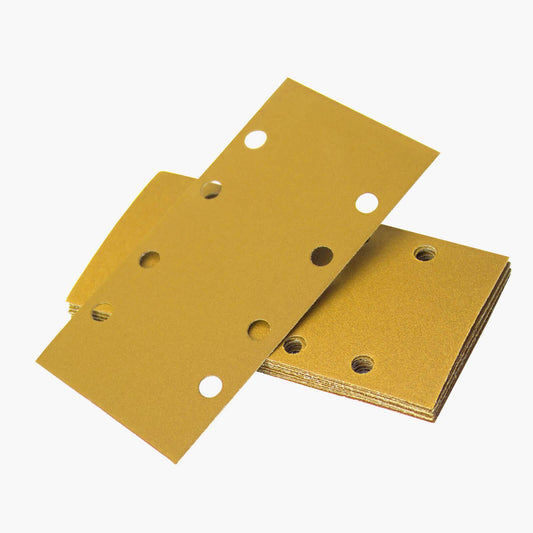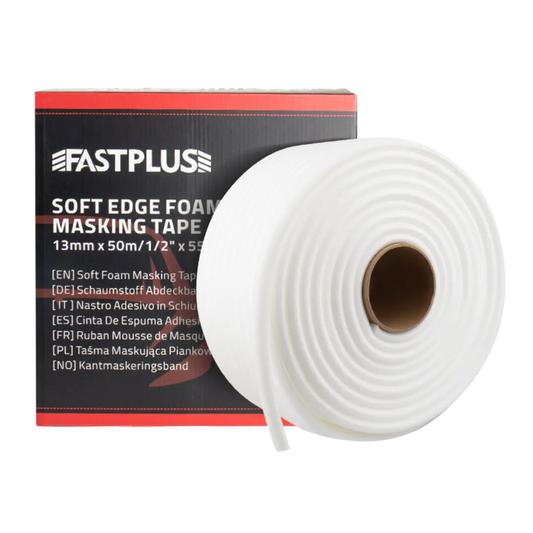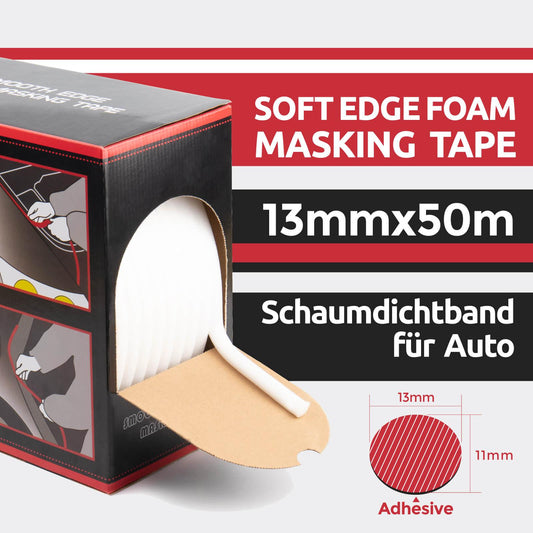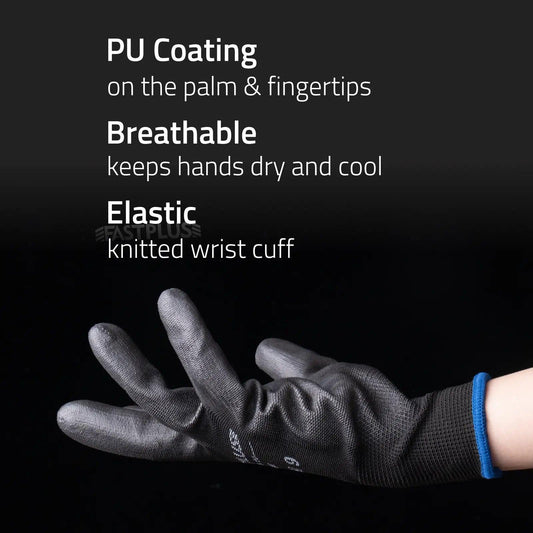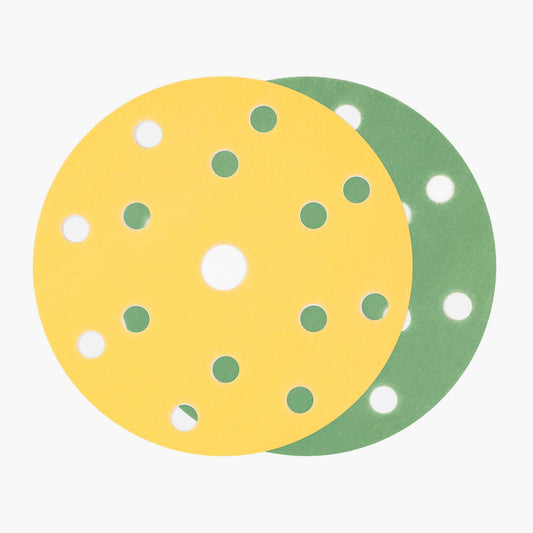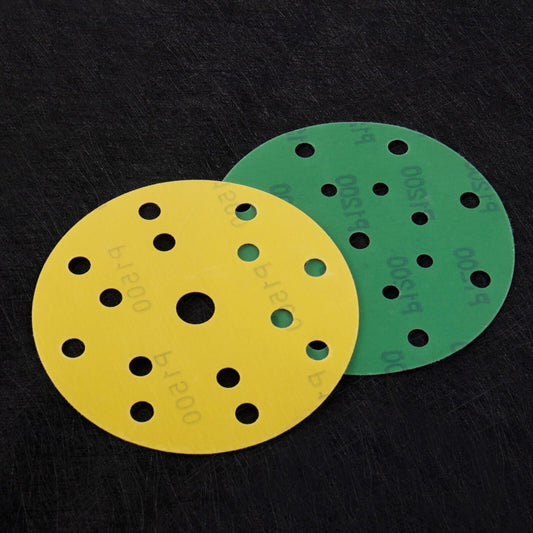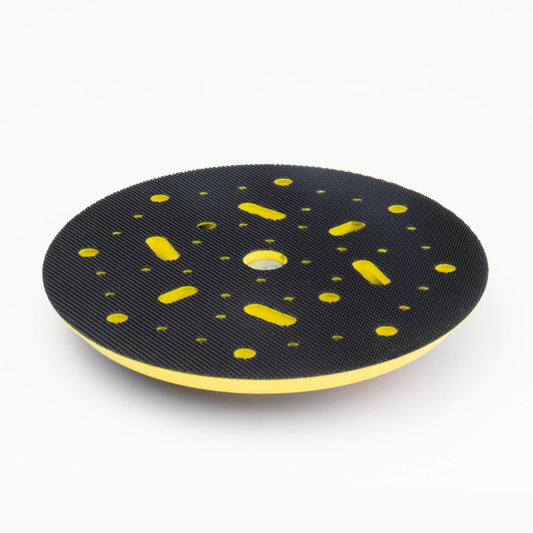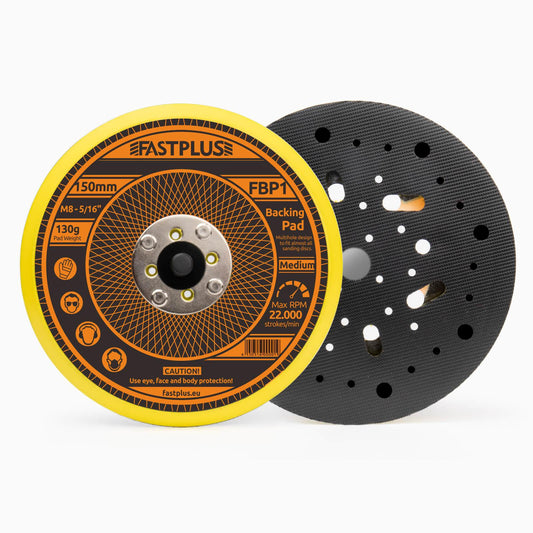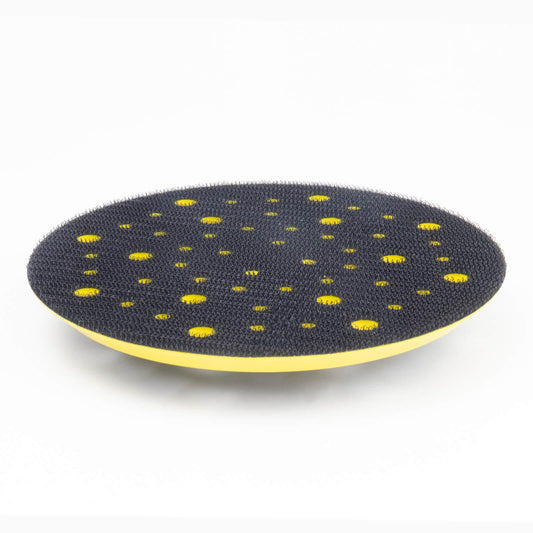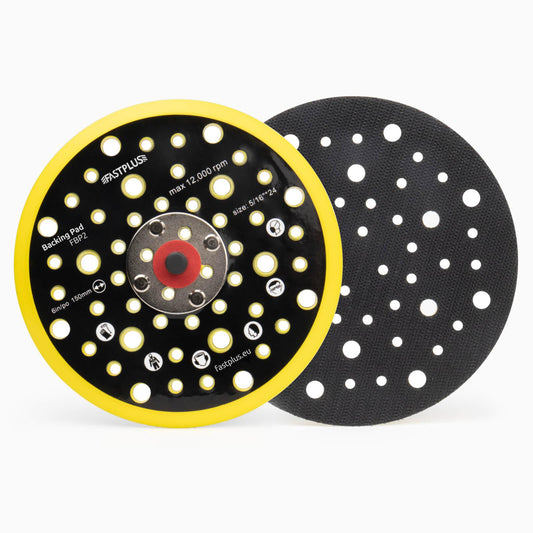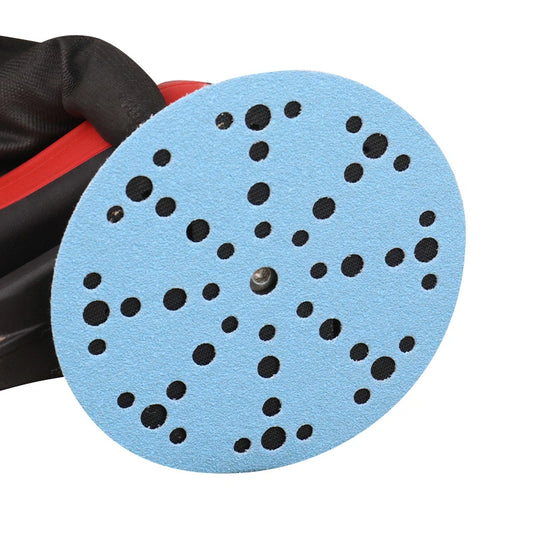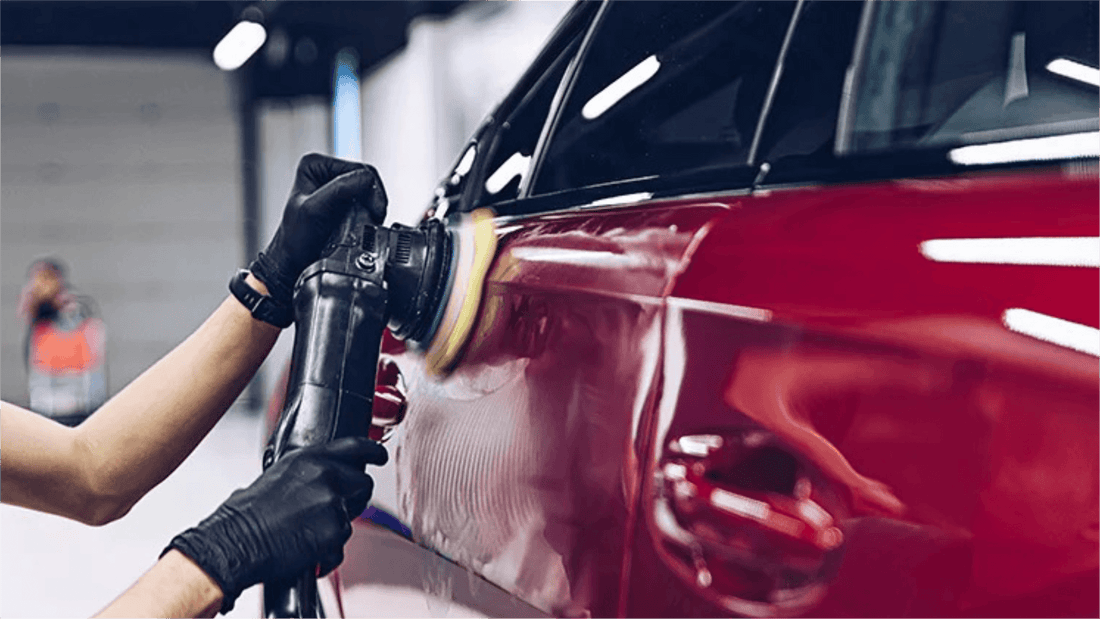
How do You Polish Metal after Sanding?
Sanding metal is a necessary process for smoothing out imperfections before polishing. But once you’ve finished sanding, how do you make sure your metal project looks perfect? Polishing metal after sanding is simple if you follow the right steps and use the right sanding paper for the metal. Read on to learn the best way to polish metal after sanding.
Getting Started with Pre-Polishing
Once you have a good understanding of grits and grades, it’s time to get started pre-polishing your metal surface. Start by attaching low sandpaper grit (such as 150) onto a flat surface such as a tabletop or workbench. If necessary, wet down your sandpaper with water before use in order to prevent clogging of the paper fibers with debris. Once you’ve secured your sandpaper, use gentle strokes along one direction only for even results. Be sure not to apply too much pressure during this step as this can cause unevenness in your finish later on.
Polish Away!

What results can you expect from using a sanding disc on metal?
When you need to sand metal surfaces, using a sanding disc is the best solution. A sanding disc is an abrasive disc that is typically made of aluminum oxide, silicon carbide, or ceramic grain bonded with resin to form a circular shape. With this simple tool, you can achieve results that no other method can match.
Preparing Metal Surfaces for Finishing

Using a sanding disc on metal is excellent for preparing the material for finishing. Whether you are working with stainless steel, aluminum, or even brass and copper, a sanding disc will make short work of imperfections like rust and corrosion.
It also smooths out any surface irregularities that may have occurred during machining or welding operations. The result is a smooth and uniform surface ready for painting or plating.
Removing Paint from Metal
If your project requires removing paint from metal surfaces, then again, a sanding disc is your best bet. By applying light pressure and making circular motions over the surface of the material, you can quickly remove multiple layers of paint without damaging the underlying metal surface underneath it all.

This makes it perfect for projects such as restoring rusty old vehicle parts or refurbishing furniture pieces where intricate details need to be taken into account while stripping away paint layers.
Rounding off Edges
Another great using case for using a sanding disc on metal is rounding off sharp edges which would otherwise be too difficult to do by hand filing alone.
By simply attaching the right grit sandpaper onto your sanding disc and making light passes over the sharp edge while maintaining an angle between the two surfaces, you can easily round off corners in one go without having to worry about creating burrs in your finished product.
What are some tips for getting the most out of your sanding disc?
Choose the Right Grit Size
The grit size is a measure of how coarse or fine the abrasive particles in the disc are. For most sanding projects, you'll want to use a medium grit size, such as 80-grit or 100-grit.
This will be enough to remove small amounts of material without causing too much damage to your workpiece. However, if there is a lot of material that needs to be removed, then you may need to go with a more coarse grit size, such as 40-grit or 60-grit.
Use Proper Pressure
Another important factor when working with metal sanding discs is pressure. Too little pressure can prevent the disc from removing enough material, while too much pressure can cause gouges in your workpiece.
The proper amount of pressure depends on several factors, including the type and size of your workpiece, as well as what type of sandpaper you are using. Generally speaking, it's best to start with light pressure and increases it gradually until you get the desired result.
Replace Your Discs Frequently

It's also important to inspect each disc before using it; look for signs of wear or damage that could affect its performance. If necessary, replace worn discs immediately so that they don't cause any problems during use.
Conclusion
Polishing metal can add a beautiful shine to any project and make it look brand new again. To ensure that your final product looks its best, first use an orbital sander with fine-grained sandpaper so that all of the rough edges have been removed from the surface of your project.
Then apply the polish compound using a soft cloth or brush and wipe off any residue until your project looks polished and gleaming! With this method, you can easily restore luster to any dulled metal surface!
Buy Fastplus Factory-Direct Abrasives
Want to purchase high-quality, factory-direct sanding discs, sanding sheet rolls, and film abrasive discs for automotive applications? Try Fastplus Abrasives today and place your orders online! 
